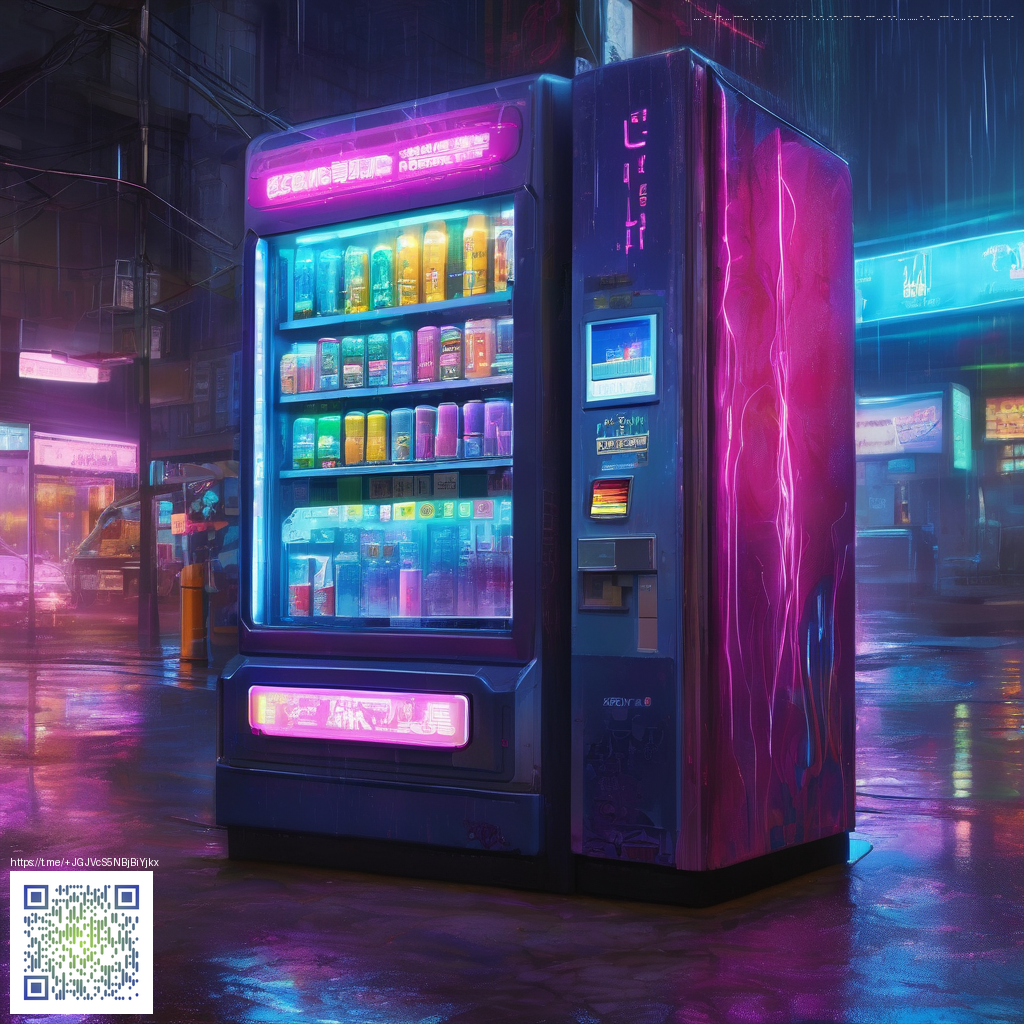
How to Create Depth on Paper for Motion Posters
Motion posters live at the intersection of stillness and motion. The trick isn't just how a design looks on a screen; it's how the eye travels through space across layers of texture and tone. When you design for depth on paper, you’re training the viewer to read a scene as if it were moving—scanning foreground to background, following light, and feeling the push and pull of elements. The goal is to make a flat sheet act like a miniature stage, where each layer has its own rhythm and shadow that guides the gaze through time-based ideas.
Techniques to Build Depth
- Layered, die-cut elements create physical planes. By cutting shapes and mounting them at varying heights, you generate natural parallax as the viewer’s perspective shifts—much like a stop-motion sequence comes alive.
- Offsets and spacers use foam or shim materials to raise foreground pieces. Subtle elevation differences dramatically enhance the sense of depth without changing the overall composition.
- Paper variety matters. A mix of heavy stock, translucent vellum, and textured fibers introduces tactile depth. Each surface catches light differently, producing a dynamic read as you move around the poster.
- Color and value separation layer tints and ink transparencies to push elements forward or push them back. A cool, desaturated backdrop can recede, while a saturated foreground commands attention.
- Edge shadow and lighting cues simulate directionality. Thin shadows at the cut edges or under raised pieces mimic real-world light behavior and reinforce depth perception.
“Depth on a flat medium isn't just about 3D form; it's about guiding the eye through space, one layer at a time.”
From Paper Concepts to Motion Language
Translating tactile depth into a motion-friendly language begins with a clear hierarchy. Use bold foreground shapes to anchor a narrative moment, then let mid-ground elements drift slightly with subtle shifts in opacity. When you view the print as a sequence—frame by frame or via a breath of animation—the layered structure reads as a storyboard with physical texture. Designers often test these ideas in the real world with quick, analog experiments: sketching, cutting, and photographing staged setups to preview how depth behaves under different lighting and angles.
For designers who crave tactile feedback during brainstorming, consider a practical workspace companion like a Custom Mouse Pad – Full Print Non-Slip Neoprene Desk Decor. It isn’t a poster prop, but a dedicated surface can help you sketch, compare layer thicknesses, and test how depth cues read at a desk, where most creative decisions begin.
Practical Studio Workflow
Developing depth for posters is as much about process as it is about technique. Start with rough thumbnails that emphasize layered order, then build small-scale mockups to test edge handling and shadow density. Photograph these experiments under different lights to observe how depth holds up in a 2D frame. Translate successful tests into print-ready files by separating layers into distinct printing passes or color channels. Finally, resize and test on screen with a dynamic presentation that mimics motion—subtle parallax or camera tilt can reveal weaknesses in depth that aren’t obvious on a flat proof.
Incorporating texture testing into this workflow is especially powerful. Try using a few representative paper stocks to simulate how thickness and translucency influence layering. If you’re preparing for a release that feels kinetic, consider a dedicated observatory space—perhaps set up a rotating plinth or adjustable light rig—to study how depth responds to motion cues from multiple angles.
Remember, the goal is coherence. Depth should enhance the story, not distract from it. When all layers work in harmony, a poster feels alive even before any motion begins.